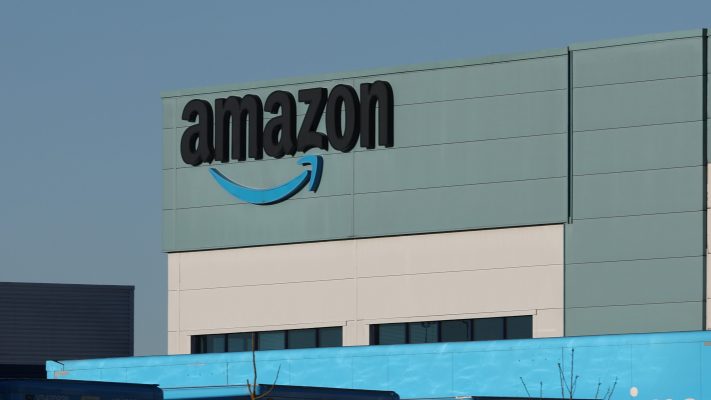
Amazon announced today that the first 24 hours of the Prime Day event was the “biggest day of sales in the company’s history” and that the two-day event was the “biggest Prime Day ever”. According to data from Adobe Analytics, consumers in the US spent $12.7 billion on both days. Adobe says that figure represents 6.1% year-over-year growth, setting a new sales event record. Amazon’s annual Prime Day event took place on July 11 and 12 this year.
The online retail giant says shoppers bought more than 375 million items during the two-day sale event, compared to 300 million items sold last year. On the first day of Amazon’s two-day Prime Day event, U.S. sales rose nearly 6% year-over-year to $6.4 billion, according to Adobe. Consumers spent $6.3 billion on the second day of the Prime Day event, up 6.4% year-over-year.
Shares of Amazon rose as much as 2.1% in premarket trading on Thursday.
Customers spent more per order this year, with an average order size of $54.05, compared to $52.26 during last year’s Prime Day event, according to data company Teller.
Amazon says Prime members saved more than any other Prime Day event this year, as they saved more than $2.5 billion on their deals. Homeware, fashion and beauty were among the top categories at the sales event.
Adobe says sales on the second day of the sales event were driven by a few different categories. Devices saw a 52% increase compared to average daily sales in June. Sales of household items were up 27%, while electronics were up 15%. Other rising categories included apparel, which was up 24%, and office supplies, which were up 76%, driven in part by back-to-school shoppers.
Interestingly, Adobe’s data also showed that consumers are increasingly comfortable shopping on smaller screens, as smartphones accounted for 44.8% of sales on the second day of the sales event, compared to 41.5% last year.
Across both days, 6.5% of orders used Buy Now Pay Later (BNPL), generating revenue of $927 million, up 20% year-over-year. Adobe says BNPL use is still driven by categories, including apparel, furniture/home, and electronics.
“Consumers have felt the effects of continued inflation and an uncertain economic environment for months, and it has pushed shoppers to embrace more flexible ways to manage their spending around the Prime Day event,” said Vivek Pandya, principal analyst at Adobe Digital Insights, in a statement. declaration. “The sales growth attributed to Buy now, pay later is a preview of what to expect in the coming months, especially as the holiday shopping season approaches.”
Amazon held its first Prime Day event in 2015 and has held it annually ever since. The sales event gives the company the opportunity to attract new paying customers while deepening the relationship with current ones. Amazon is also using the sales event to promote its own devices, such as its Echo smart speakers and Fire tablets.
Last year Amazon had two Prime Day sales, the first taking place on July 12-13 and the second on October 11-12. It is not known if Amazon plans to hold two Prime Day events this year as well.
